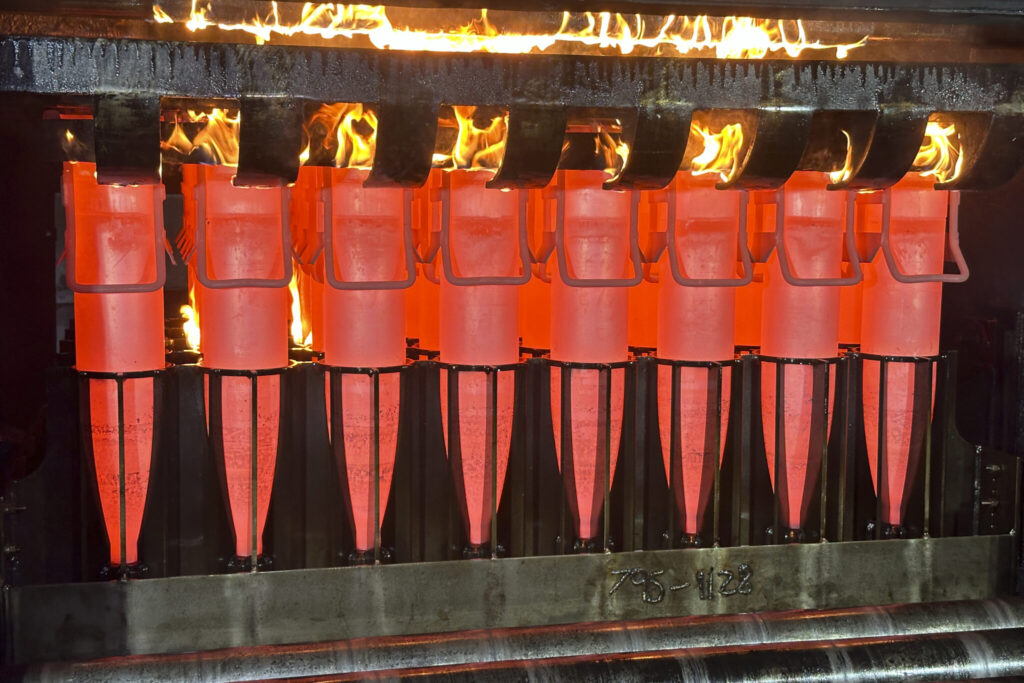U.S. economic growth/ second quarter GDP rise/ consumer spending Q2 growth/ Newslooks/ WASHINGTON/ J. Mansour/ Morning Edition/ The U.S. economy grew by 3% in the second quarter, maintaining strong momentum thanks to robust consumer spending and business investment. Inflation continued to ease, nearing the Federal Reserve’s 2% target, which prompted a significant rate cut to support job growth. The final GDP estimate suggests continued resilience despite previous interest rate hikes, with a positive outlook for 2025.

Quick Looks
- Q2 GDP growth held steady at 3%, boosted by consumer spending and business investment.
- Federal Reserve inflation gauge shows price increases continue to ease, nearing the 2% target.
- Economic resilience persists despite high interest rates, with positive forecasts for 2025.
U.S. GDP Rises 3% Amid Strong Consumer Spending
Deep Look
The U.S. economy maintained its growth trajectory in the second quarter of 2024, expanding at a solid 3% annual rate, according to the Commerce Department’s latest report released on Thursday. The steady growth was fueled by strong consumer spending and a sharp increase in business investment, showcasing the economy’s resilience despite a period of higher interest rates.
The final estimate for Gross Domestic Product (GDP), which measures the overall economic output, showed no changes from previous reports. This growth marks a sharp acceleration from the 1.6% annual rate recorded in the first quarter of the year. Consumer spending, which drives nearly 70% of the economy, grew at a 2.8% annual rate in the second quarter, only slightly down from earlier estimates of 2.9%.
Business Investment Boosts Growth
The economy also benefited from a surge in business investment, which rose by 8.3%, driven by a nearly 10% increase in equipment spending. This uptick underscores continued confidence among businesses despite the broader economic headwinds caused by rising borrowing costs.
In addition, the report showed that inflation continues to cool. The Personal Consumption Expenditures (PCE) index, a key inflation measure closely monitored by the Federal Reserve, rose at a 2.5% annual rate in the second quarter, down from 3% in the first quarter. The “core” PCE, which excludes volatile food and energy prices, grew at 2.8%, easing from a 3.7% rise in the first quarter. These figures suggest inflation is approaching the Fed’s long-term target of 2%, providing some relief after more than two years of elevated prices.
Resilience Amid High Interest Rates
The U.S. economy has shown remarkable resilience in the face of 11 consecutive interest rate hikes by the Federal Reserve during 2022 and 2023. These rate increases were aimed at combating the highest inflation levels seen in four decades, with inflation peaking at 9.1% in mid-2022. Since then, inflation has steadily decreased, reaching 2.5% in recent months.
Despite these challenges, the economy has continued to grow, and businesses have remained largely optimistic. However, signs of a cooling job market have emerged in recent months. From June through August, the U.S. added an average of 116,000 jobs per month, the slowest pace since mid-2020 during the early stages of the COVID-19 pandemic. Unemployment has also edged higher, rising from a 3.4% low last year to 4.2%, although that figure remains historically low.
Federal Reserve Rate Cut and Economic Outlook
In response to easing inflation and a cooling labor market, the Federal Reserve took the significant step of cutting its benchmark interest rate by a half percentage point last week—the first such cut in over four years. This move was a signal that the central bank’s focus has shifted from controlling inflation to shoring up the labor market. The Fed’s goal is now to engineer a “soft landing,” curbing inflation without sparking a recession.
“The economy is in pretty good shape,” said Bill Adams, chief economist at Comerica Bank. He added that with the Fed’s recent rate cut, sectors like housing, manufacturing, and auto sales should see improvement over the next year. Adams also projected that job growth could rebound in 2025, stabilizing the unemployment rate around its current level.
Key Indicators of Economic Health
Several economic indicators suggest that the U.S. economy remains on solid footing. Consumer spending, for instance, has shown resilience despite the challenges of inflation and high borrowing costs. Retail sales increased last month, while industrial production rebounded, and single-family home construction rose significantly compared to the previous year.
Consumer sentiment also improved, rising for the third consecutive month in September. Preliminary data from the University of Michigan indicated that consumers were feeling more optimistic due to “more favorable prices” for durable goods like cars and appliances.
A measure of underlying economic strength, which includes consumer spending and private investment but excludes volatile components such as exports and inventories, grew at a 2.7% annual rate. Though this is down from 2.9% in the first quarter, it remains a positive sign of the economy’s durability.
Economic Revisions and Future Projections
Alongside the GDP report, the Commerce Department also issued revisions to prior economic data. From 2018 to 2023, economic growth was revised upward to an annual average of 2.3%, up from the previously reported 2.1%, largely due to stronger-than-expected consumer spending.
The revised figures showed that the U.S. economy grew by 2.9% last year, an improvement from the initially reported 2.5%.
Looking ahead, the Federal Reserve Bank of Atlanta’s GDP forecasting tool projects that the U.S. economy will expand at a 2.9% annual rate in the third quarter, showing that the growth momentum may continue into the latter part of the year.







